Vintage Tribal Kilim Runner 3' 3" x 11' 2" (39" x 134")
Type:
Kilim RugsCollection:
Tribal RunnersID:
K0077199Size:
Material:
The designs feature a rich array of symbols representing tribal culture and Anatolian motifs, often in the form of medallions, diamonds, and other geometric shapes.
The designs feature a rich array of symbols representing tribal culture and Anatolian motifs, often in the form of medallions, diamonds, and other geometric shapes. These kilim runners are ideal for hallways and narrow spaces, offering a touch of ethnic charm and artisanal quality to any interior.
Herki kilims not only serve as functional floor coverings but also as artistic expressions of tribal identity, making each rug a unique cultural artifact.
Design Elements
- Pattern: The kilim features a geometric pattern consisting of elongated diamond shapes. These repeating motifs create a rhythmic visual flow that draws the eye along the length of the runner.
- Texture: The flat-woven construction provides a unique texture, highlighting the craftsmanship involved in hand-weaving the kilim, and emphasizing the nuances in color and design.
- Borders: The runner is framed with a subtle border, which adds definition to the design, serving as a visual anchor that complements the vibrant interior patterns.
- Motif Arrangement: The motifs are strategically arranged to create balance and symmetry, contributing to the overall harmony of the piece.
Colors
- Color Palette: The kilim utilizes a rich palette featuring warm hues such as terracotta, deep oranges, and earthy browns, alongside cooler tones like muted grays and whites.
- Contrast: The interplay between the warm and cool colors creates a dynamic visual contrast, enhancing the overall aesthetic appeal.
- Significance of Colors:
- Terracotta and orange shades often symbolize warmth, vitality, and energy, evoking the essence of the earth and sun.
- Brown suggests stability and grounding, reflecting connection to nature and authenticity.
- Cool tones signify peace and balance, adding depth to the vibrant warmth.
Main Motifs and Symbolism
- Diamond Shapes: These motifs represent protection and security, often believed to ward off negative energies.
- Geometric Patterns: The geometric design signifies order and balance in life, reflecting the harmony sought in traditional cultures.
- Color Distribution: The arrangement of colors within the motifs can indicate various meanings, such as fertility (with bright, vibrant colors) or spirituality (with more subdued tones).
- Transitional Elements: The use of transitioning colors between motifs symbolizes the journey of life and transformation, reflecting the evolution of the individual.
Summary
The vintage tribal kilim runner is a harmonious blend of geometric patterns and a vibrant color palette that reflects both artistry and cultural significance. Its design elements, such as the rhythmic arrangement of diamonds and textural depth, combined with a rich color spectrum, evoke feelings of warmth and vitality. The motifs symbolize protection and balance, each element contributing to the rich narrative woven into this timeless piece.
- Ships in 1-4 business days
- Only one in stock, handmade, unique
- Free shipping via FedEx Express. Easy returns
- Contact us or add a note to your order if you want us to delay your shipping.
- Request more info if you want this rug shorter or narrower
Colors may appear slightly different across various monitors due to screen settings device differences, and external lighting conditions. If color accuracy is important for your space, we recommend viewing the rug on multiple devices or contacting us for a detailed color description. We can provide detailed photos and references using Sherwin-Williams, Benjamin Moore, Pantone, or even Crayola crayons.
You can also visualize most of our products in your own room with AR (augmented reality) on an iPhone or iPad.
Return Policy
Need a rug pad? We recommend RugPadUSA
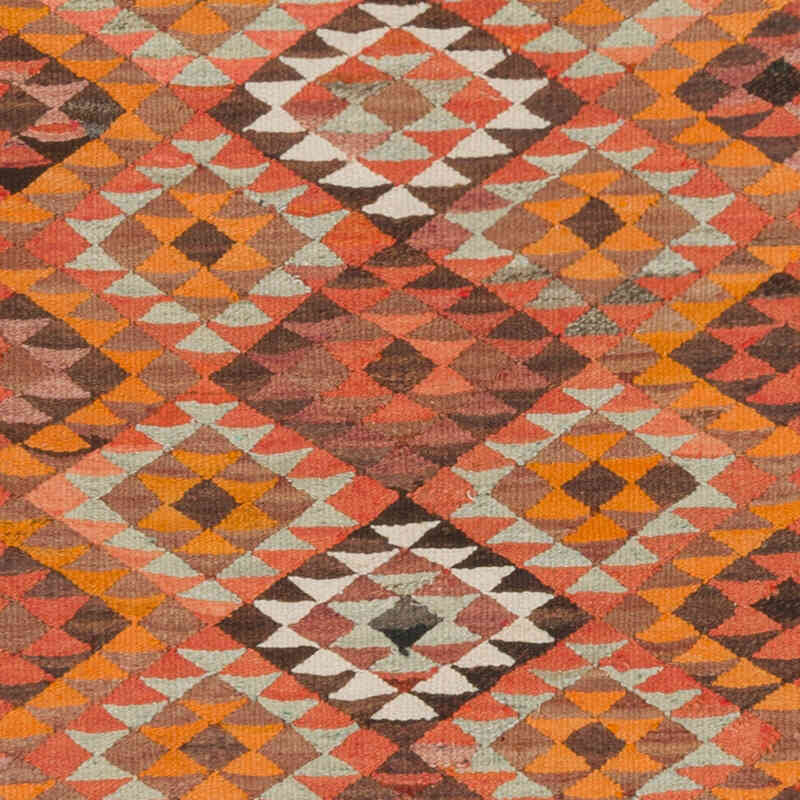
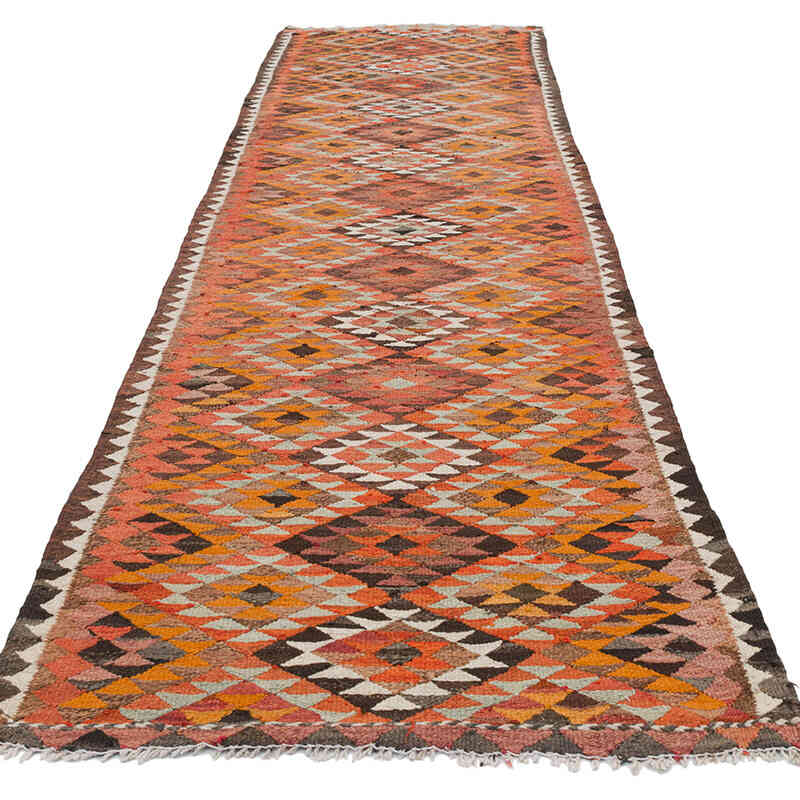
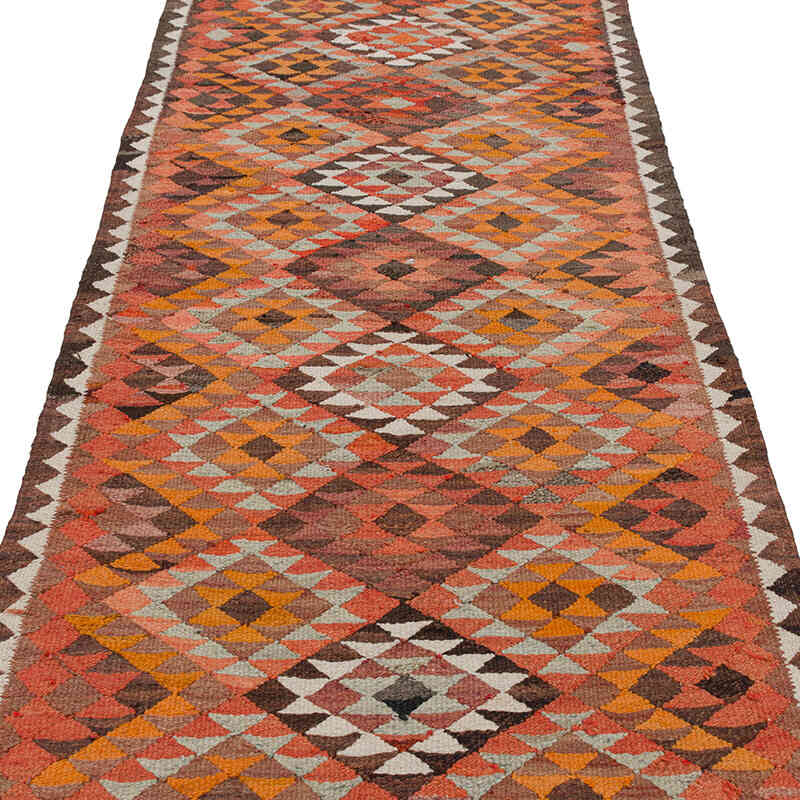
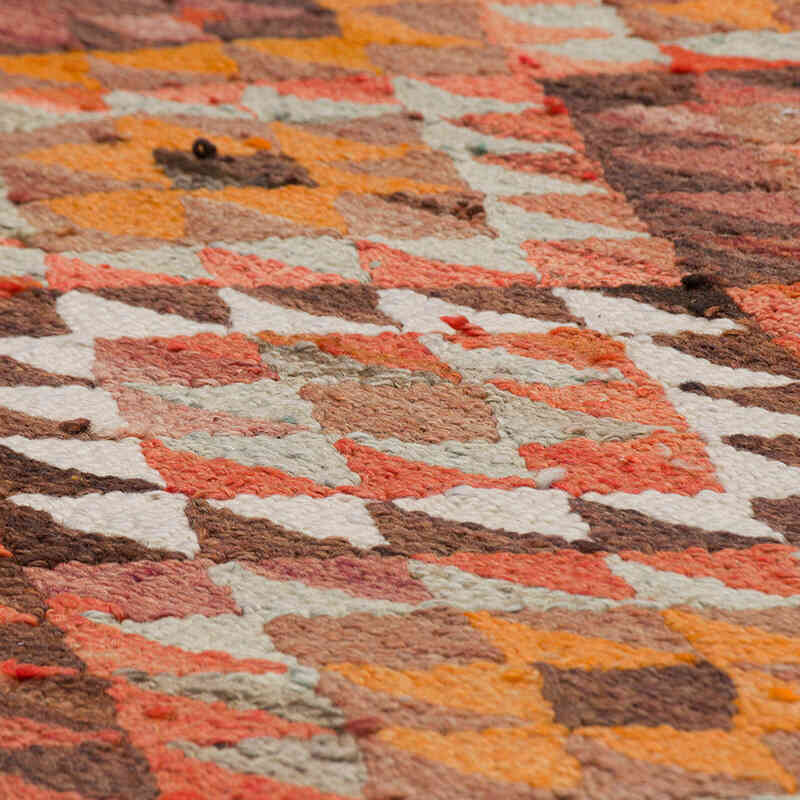
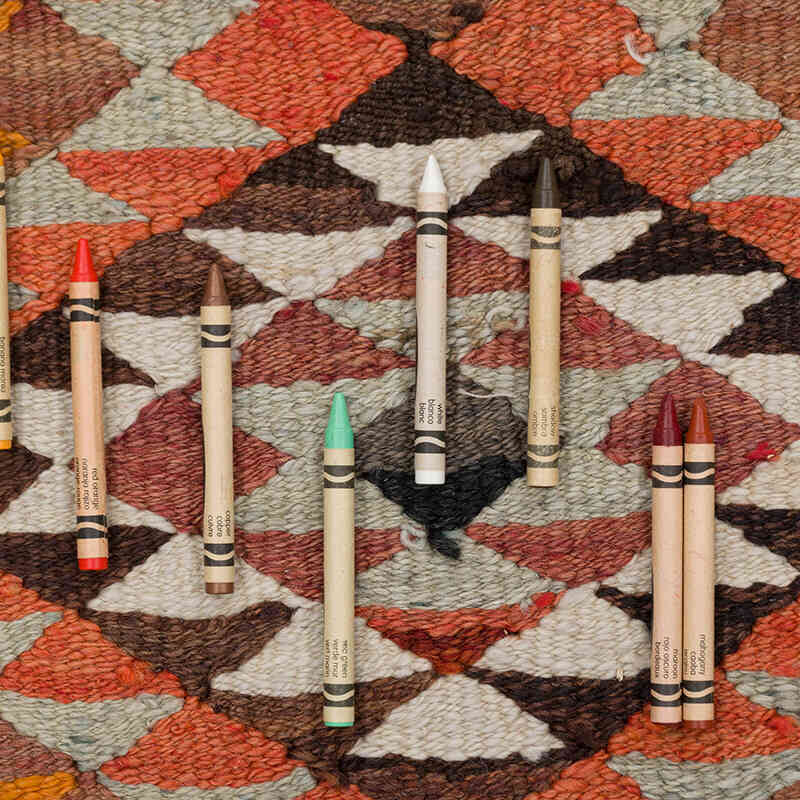
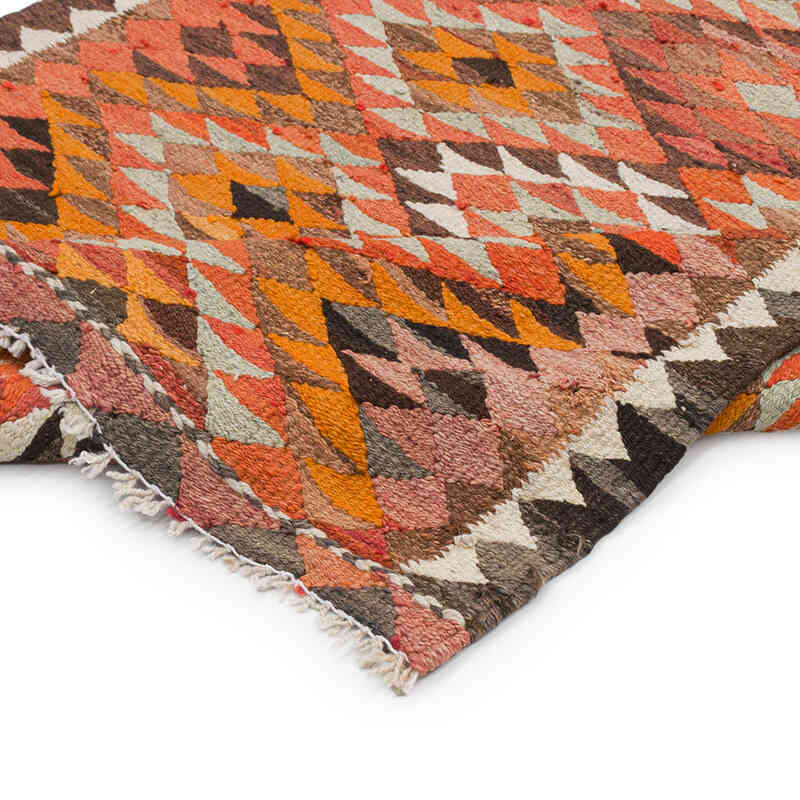
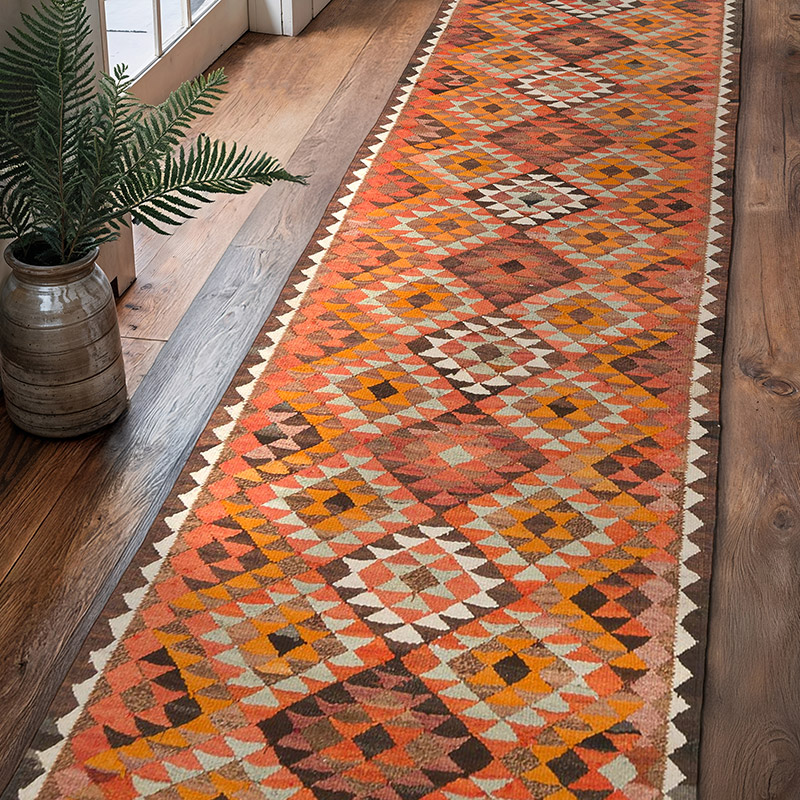
















I am an interior designer and I deal…